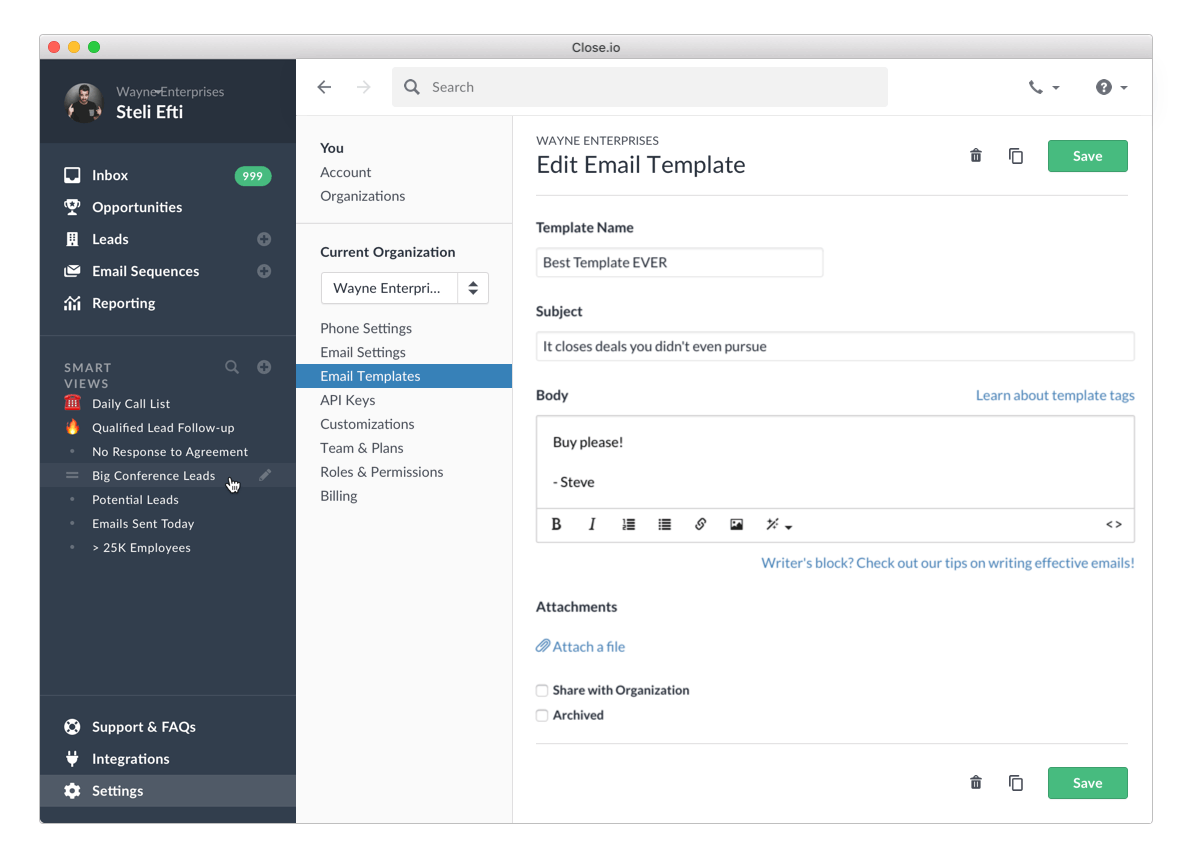How I prototype ideas
It really doesn't matter if you only show up with a drawing of a stick man; all you need is an artefact to provoke discussion.

It's far easier for people to talk about something they can see, even if it's totally wrong.
We can use this as a pivot to interview them about what characteristics the next exploration needs to exhibit in order to get closer to their needs/expectations.
This works for users and stakeholders alike.
As the ideas become more concrete, then the interactions become important. While not everything needs to be prototyped, it can really help to convey the flow.
Faster path to meaningful conversations
When tackling a simple "custom greeting" for Smith.ai's new Voice Assistant, a prototype showing how the flow could work* was important for starting discussions about what was actually required (legally and functionally). The result was a faster path to meaningful conversations that were not about the look itself.
*The type of feedback and conversations from high-fidelity prototyping need to be well managed to avoid unhelpful and unrelated comments.
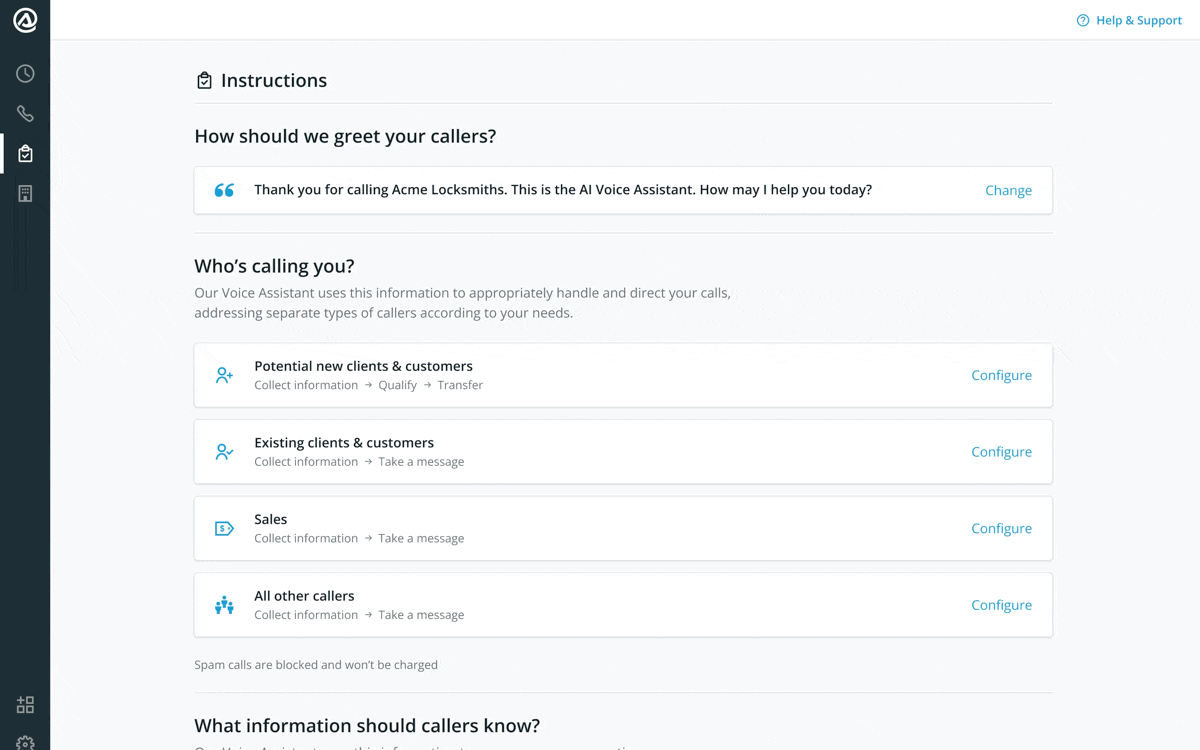
Identify missing interactions
Importantly this can also highlight any issues that won't be visible unless states change or screens transitions.
While prototyping the below example, you can see the need to change the location of the results count so that it still aligns with the content. In the final implementation we ended up just keeping the location in the 'after' position.
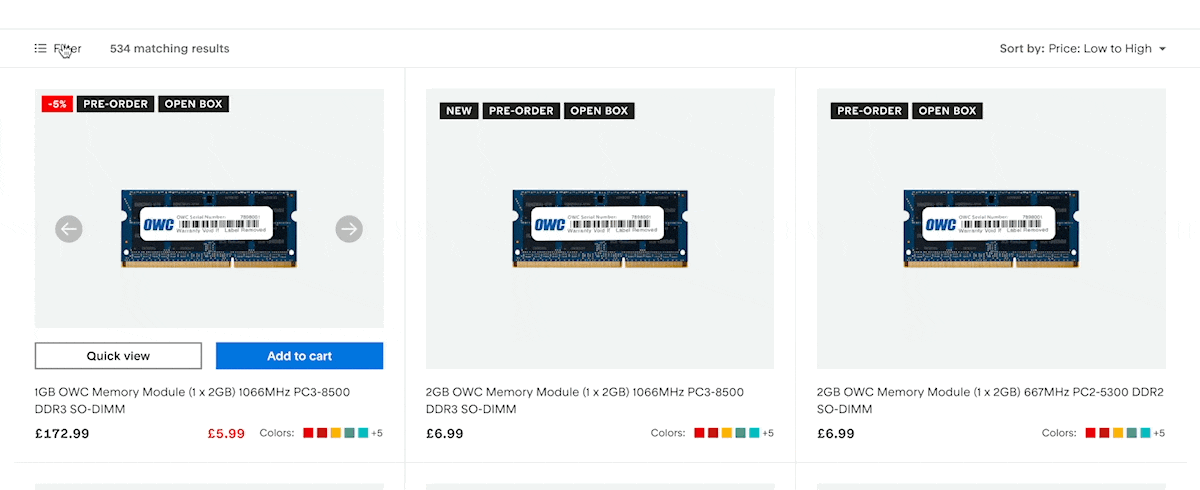
Another example, during a take-home exercise, highlighted the need to show what happens to items during a drag-and-drop interface. If an item is chosen from the middle of list, what happens to those surrounding it?
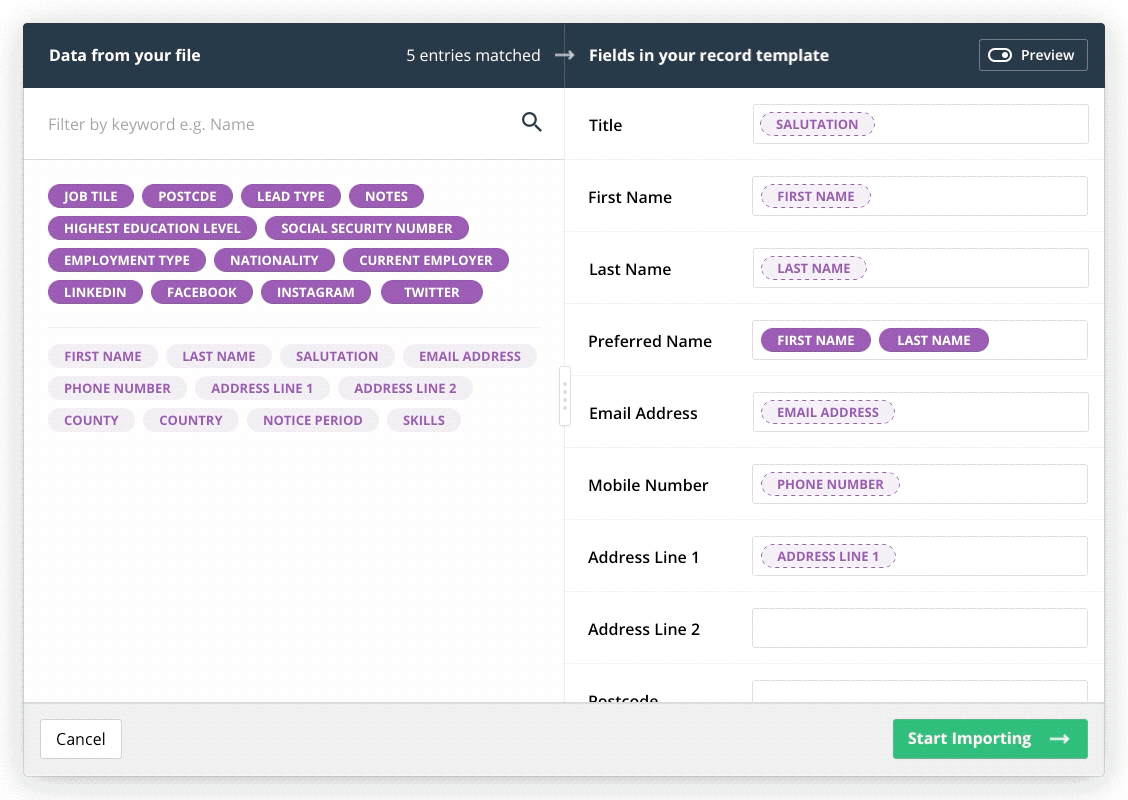
Useful > Fancy
Finally, prototypes don't have to be fancy to be useful. They be instructional and inspirational to convey how basic things change. In the below example the simple act of changing some filters, updates the chart.
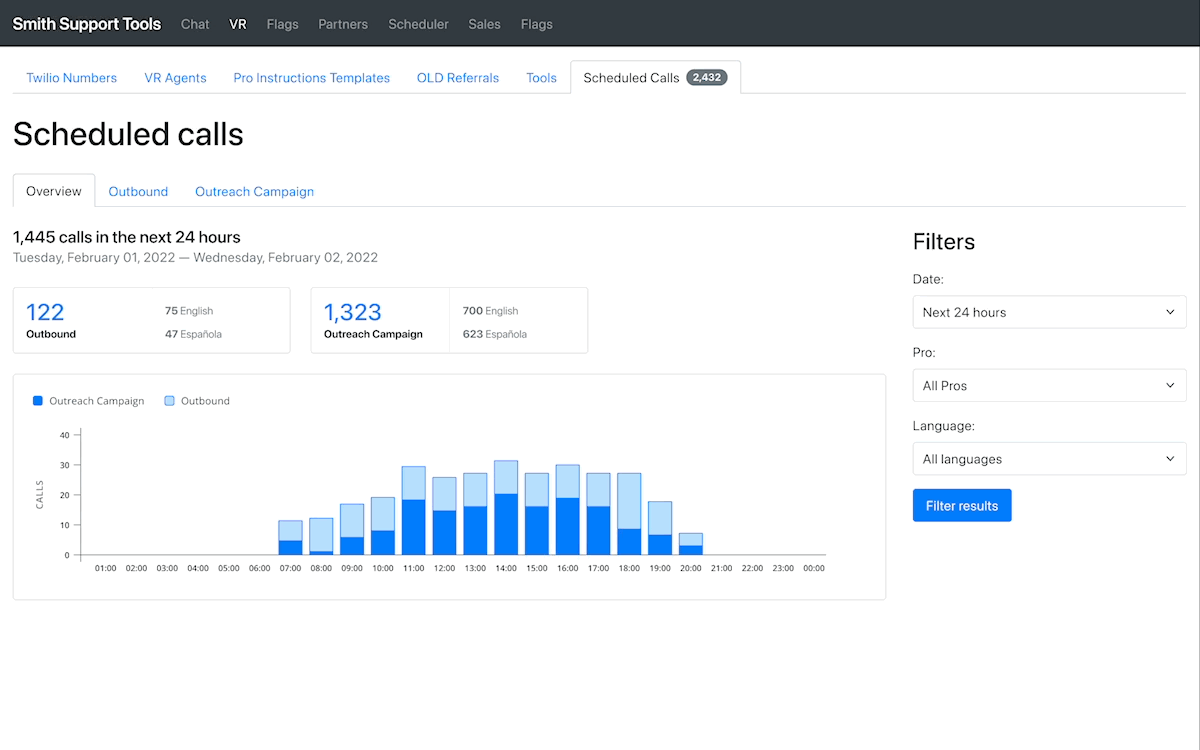
Fancy is still fun
Sometimes it's just nice to put a little extra love into a concept. More than once I have shown a prototype with a little delight in it and engineers have made it happen because they bought into the promise of the final experience.
